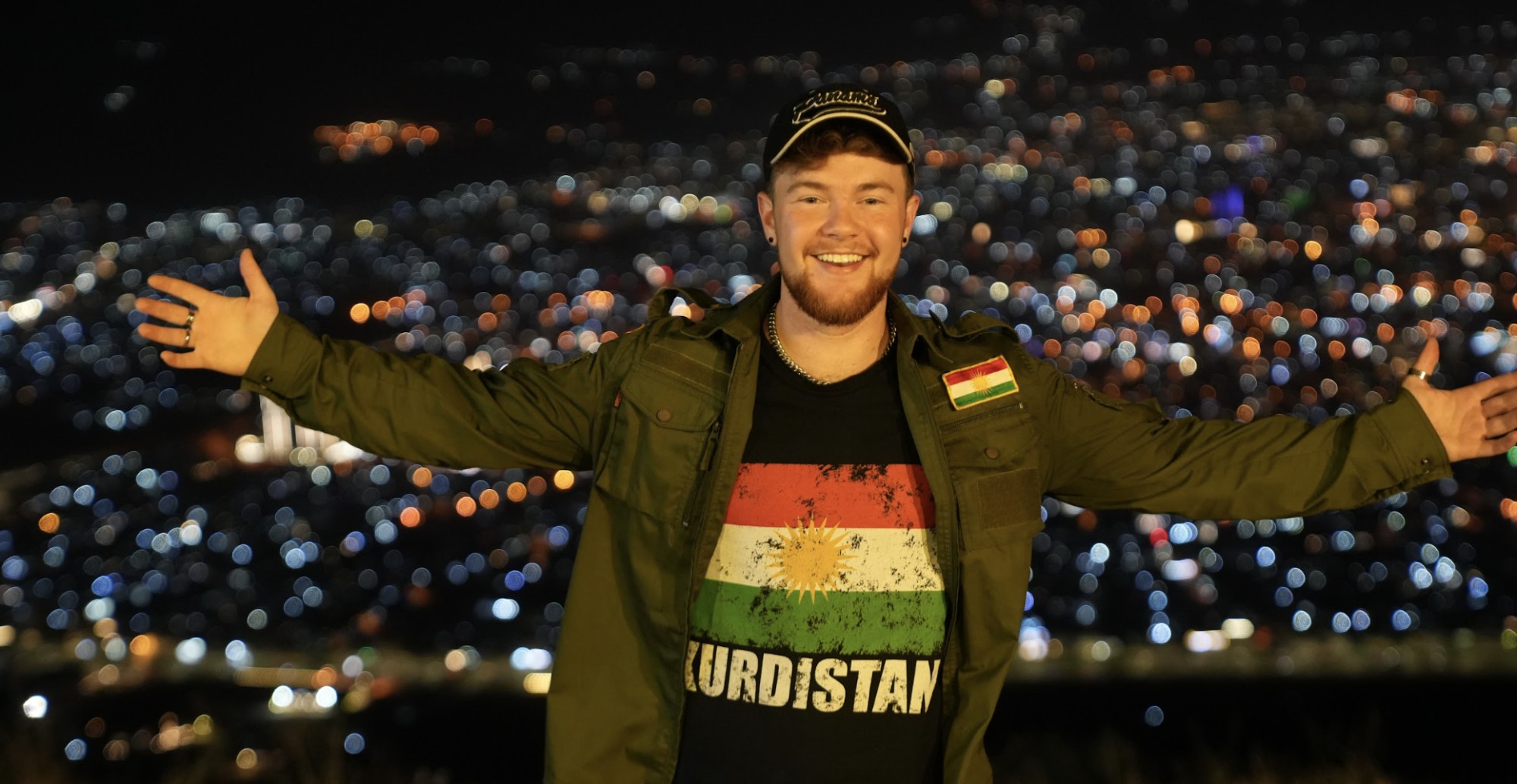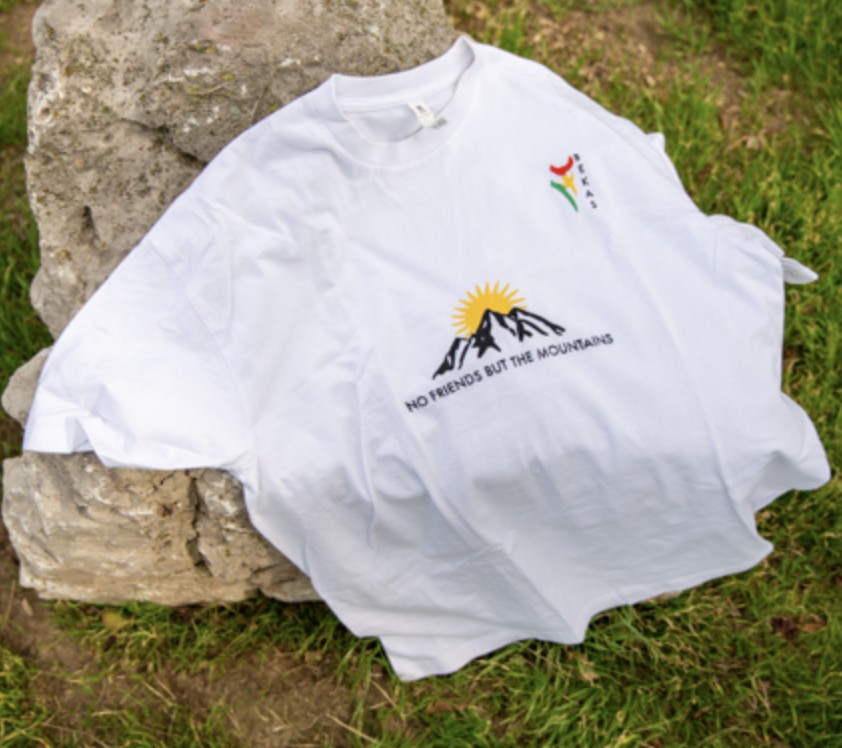The Kurds of Khorasan reside in Iran’s northeastern provinces of North Khorasan and Razavi Khorasan, bordering Turkmenistan and Uzbekistan. Researcher Shoresh Reshi identifies 22 major Kurdish tribes and clans scattered across these regions.
Due to the lack of official recognition in the Iranian census, the exact Kurdish population in Khorasan remains unknown. Researchers like Afrasiab Shekofteh and Khorasani artist and historian Kelimullah Tevahodi estimate it to be nearly two million.
Major Kurdish cities in Khorasan include Quchan, Deregez, Shirvan, Esfarayen, Ashkhaneh, Bajgiran, Bojnurd, Chenaran, Fariman, Kelat, Layin, Mane, and Similqan.

Tracing Kurdish roots in Khorasan
There are two main perspectives on the Kurdish presence in Khorasan: that of internal Kurdish historians and that of foreign writers and travelers.
Tevahodi, author of the six-volume The Historical Movement of Kurds in Khorasan, offers detailed insights. Following the 1514 Battle of Chaldiran between the Ottomans and Safavids, the strengthened Kurdish presence near the cities of Urmia, Salmas, Khoy, and Maku concerned the Safavid state.
Tevahodi suggests that Shah Abbas the Great thus strategically relocated dozens of Kurds from Urmia to Khorasan to weaken Kurdish influence in the west and establish a buffer against Uzbek, Mughal, and Turkmen attacks in the east.
Reshi agrees with Tevahodi, adding that migrations occurred not only from Urmia, Maku, and Salmas, but also from Samsur, Mardin, Diyarbakir, Afrin, and Dilok.
Conversely, American historian Beatrice Forbes Manz, in an academic article entitled “Temür and the Problem of a Conqueror’s Legacy,” mentions that Timur encountered Kurds in Quchan during his 14th-century Khorasan expedition. Similarly, the fifteenth century Spanish writer Ruy Gonzalez de Clavijo documents their presence in his travelogue, Narrative of the Embassy of Ruy Gonzalez de Clavijo to the Court of Timour at Samarcand AD 1403-1406.

Kurdish tribes and dialects in Khorasan
Writer Mehmet Bayrak, in his book Khorasan in the History of Kurds and Alevis, lists Kurdish tribes in the region, including Rashwani, Ramanlu, Muradkhani, Jalali, Tupi, Amarlu, Zeferanlu, Tupkanlu, Melekshahi, Zengene, Quchan, Redkanlu, Titkanlu, and Erdelani Milani.
Interestingly, these tribes appear in both Eastern Kurdistan (northwestern Iran) and Northern Kurdistan (southeastern Turkey), particularly near the Euphrates River.
Meanwhile, Jafarquliyeh Zengeli’s contributions and poems point to the predominance of the Kurmanji Kurdish dialect in Khorasan. Author Mehrdad Izady’s The Kurds: A Concise Handbook explores the Lak and Lur Kurds and their dialects.
Despite the geographical distance from Kurdistan, the Kurds of Khorasan maintain a strong connection to their language, culture, and art, as evidenced by the enduring presence of Kurdish elements in their lives.

Introducing Merx magazine
Merx is the first literary, artistic, and musical magazine dedicated to Khorasan’s Kurds. Many prominent Kurdish intellectuals – including Husen Firouze, Sherko Pehlewani, Ali Riza Layin, Yehya Ellawifard, Melihe Erki, Salih Ismaili, Raziye Sadaqeti, and Mihemed Khurshidpour – have contributed to the Merx project.
Firouze, Merx’s editor-in-chief, explains that there was a pressing need for a formal publication to represent the art and culture of Khorasan’s Kurds, citing the lack of dedicated Kurdish media, the chaos of social media, and the dominance of unprofessional content online. Merx, with its skilled team, aims to fill this gap.
The magazine’s name refers to an evergreen tree native to the mountains of Khorasan. Just like the tree’s deep roots and enduring presence, Merx aspires to represent the unwavering spirit and cultural identity of the Kurds of Khorasan.
“We considered names like Hawar, Bakure Khorasan, Duman, Kurmanc, and Merx,” Firouze says in describing the naming process. “Ultimately, Merx resonated most with the group. One member pointed out the resemblance between the Kurds of Khorasan and the Merx tree – both adaptable, enduring, and ever-present.”
The inaugural issue of Merx boasts 120 pages in Farsi and Kurdish, with a focus on Kurdish content. Articles delve into Kurdish history, language, and music, accompanied by captivating photographs showcasing the region’s Kurdish culture.
This issue pays homage to the aforementioned Kelimullah Tevahodi, featuring an interview with him alongside excerpts from his works. Additionally, poems by renowned Kurdish poets Haji Qadir Koyi, Cigerxwin, and Jana Seyda grace its pages.
The first issue saw a print run of 2,000 copies and received positive feedback. With continued success, the publication aims to increase circulation to 3,000.
Distribution primarily targets Khorasan’s northern cities – including Mashhad, Chenaran, Dargaz, Kalat, Quchan, Shirvan, Ashkhaneh, Esfarayen, Sabzevar, and Nishapur – as well as bookstores in Tehran and Kermanshah that cater to Kurds residing in those cities.

Preserving and reviving the Kurdish language
Firouze emphasizes that the core mission of Merx is the protection, revival, and promotion of the Kurdish language, a unifying objective for the magazine’s team.
He highlights the immense contribution of Tevahodi in his interview, acknowledging Tevahodi’s pivotal role in bringing recognition to the Kurdish population of northern Khorasan, both within Iran and internationally. Before Tevahodi’s research, the existence of this Kurdish community was largely unknown and disregarded.
Through Firouze’s leadership and the content produced by Merx’s writers, the magazine strives to emulate the enduring spirit of the merx tree, ensuring the Kurdish language continues to thrive among the Kurds of Khorasan.

